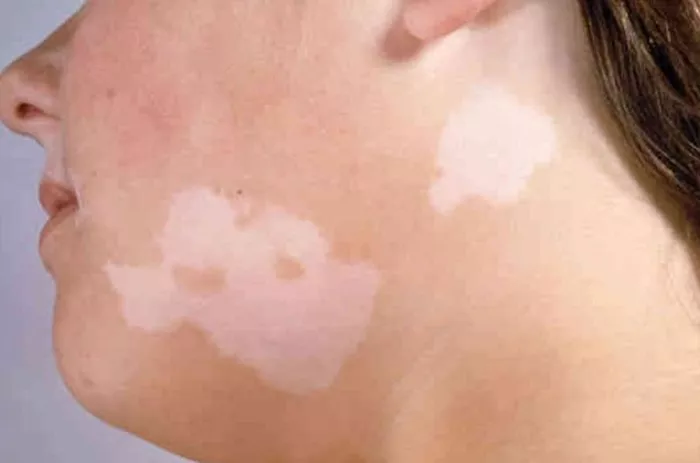Salicylic acid is a widely used ingredient in acne treatments, but many people wonder whether it can actually cause breakouts. Experts clarify that while salicylic acid itself doesn’t cause acne, it can trigger a temporary condition called “skin purging,” which may initially worsen your skin before improving it.
Skin purging happens when ingredients like salicylic acid accelerate your skin’s natural process of shedding dead cells. This faster turnover can bring clogged pores and impurities to the surface more quickly, causing temporary flare-ups. Understanding this process can help users manage expectations and maintain their skincare routines confidently.
What Is Skin Purging?
Skin purging occurs when products speed up cell turnover, exposing hidden microcomedones—tiny, invisible clogged pores—to the surface sooner than usual. Dr. Ariel Nagler, assistant professor of dermatology at NYU Grossman School of Medicine, explains that acne often begins beneath the skin before it is visible, and ingredients like salicylic acid and retinoids help reveal and clear these early blockages.
Though purging can cause a short-term increase in pimples, it is usually temporary. With continued use, your skin adapts, and the visible signs of acne gradually diminish, leading to clearer skin over time.
Using Salicylic Acid Safely
Salicylic acid effectively reduces acne, inflammation, and pore blockages. How often you can use it depends on your skin’s tolerance. Some people start with low doses a few times a week, gradually increasing frequency as their skin adjusts.
Dermatologists advise introducing salicylic acid slowly if irritation occurs and consulting a skincare professional to tailor usage. This approach ensures benefits are maximized while minimizing dryness or redness.
Duration of Skin Purging
Skin purging typically lasts a few weeks. After starting products with alpha or beta hydroxy acids like salicylic acid, or retinoids, it may take four to eight weeks before pimples begin to reduce, with full improvement potentially taking up to 16 weeks.
Experts recommend consistent use for at least four weeks before judging effectiveness. If acne persists or worsens beyond that, it may be necessary to stop the product and seek medical advice.
Distinguishing Purging from Breakouts
Not all new pimples indicate purging. Non-comedogenic products help reduce the risk of acne, whereas ingredients such as shea butter, silicones, or heavy oils might clog pores and cause breakouts unrelated to purging.
Dr. Debra Jaliman from Mount Sinai notes that purging pimples tend to clear quickly without scarring, while acne caused by pore-clogging ingredients can last longer and leave marks. Signs of sensitivity include itching, redness, and swelling, which warrant discontinuing the product.
Other Acne Triggers
Beyond product ingredients, habits like not removing makeup, harsh scrubbing, popping pimples, sharing tools, mixing multiple treatments, wiping sweat aggressively during exercise, and over-washing the face can increase acne risk.
Awareness and good skincare hygiene are essential for preventing unnecessary breakouts.
Managing Skin Purging
While purging may be unavoidable when starting active ingredients, introducing products gradually—such as applying retinoids every three days initially—can minimize side effects and help the skin adapt comfortably.
This method reduces inflammation, dryness, and flare-ups, making treatments more tolerable and effective over time.
Conclusion
Salicylic acid may cause temporary acne flare-ups through skin purging, a normal phase of accelerated skin renewal. This process typically resolves within weeks, leading to clearer skin. Careful product selection and gradual introduction help avoid irritation and long-term breakouts. If problems persist, consulting a dermatologist is advised.
Related Topics






























